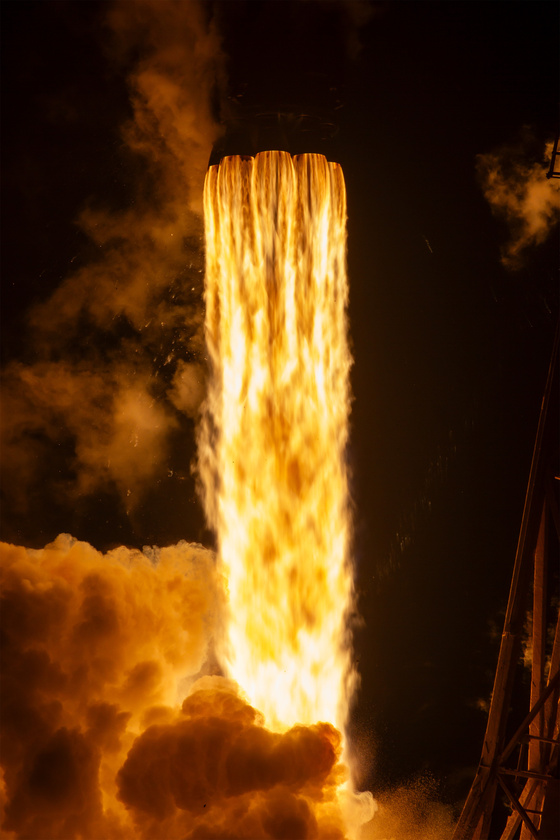SpaceX launched the first batch of the Space Development Agency's (SDA) Tranche 1 Transport Layer (T1TL) satellites into low Earth orbit on Sept. 10, at 1412 UTC from Vandenberg Space Force Base, California, using a Falcon 9 rocket with booster B1093, which completed its sixth flight, landing on the drone ship "Of Course I Still Love You" in the Pacific Ocean approximately 8.5 minutes after liftoff.
The SDA Tranche 1 Transport Layer B mission marks the beginning of the buildout for a new U.S. military satellite constellation designed to provide global, encrypted communications for warfighters. The Falcon 9 rocket launched 21 satellites, the first of the 126-satellite Tranche 1 Transport Layer network, into a low Earth orbit (LEO).
The satellites were built by York Space Systems and are part of the SDA's Proliferated Warfighter Space Architecture (PWSA), a constellation designed to be refreshed every two years with new "tranches" of satellites.
The Tranche 1 Transport Layer is a key component of the PWSA, which will consist of seven layers, including battle management, custody, deterrence, navigation, missile tracking, transport, and support.
The primary purpose of the T1TL network is to provide persistent, regional, encrypted connectivity to support military operations globally.
"The 21 spacecraft launched today are part of the @SemperCitiusSDA’s Proliferated Warfighter Space Architecture, a new layered network of satellites in low-Earth orbit and supporting elements that will provide global military communication and missile warning, indication, and tracking capabilities," SpaceX wrote X.
The SDA has contracted York Space Systems, Lockheed Martin Space, and Northrop Grumman Strategic Space Systems to build 42 spacecraft apiece for the first tranche of the transport layer. This launch is part of a $1.8 billion contract awarded to establish the constellation.
Wednesday's mission is the first of multiple planned launches for the Tranche 1 Transport Layer, with additional launches scheduled for Q3 and Q4 2025.
The SDA was established in March 2019 to rapidly develop and field cost-effective space assets for the U.S. Department of War.















